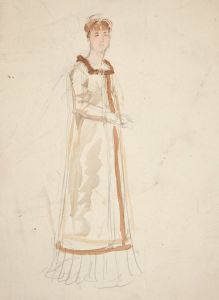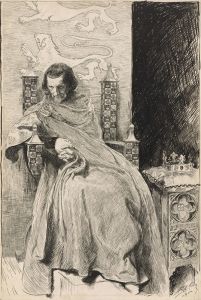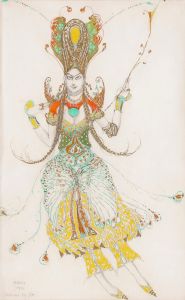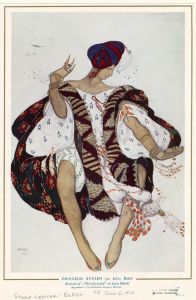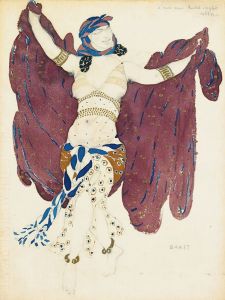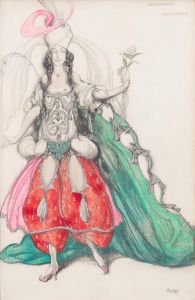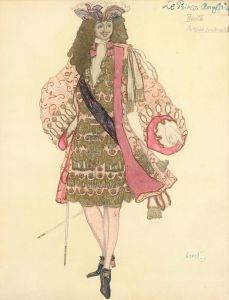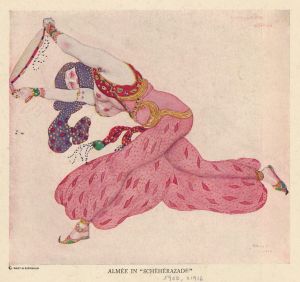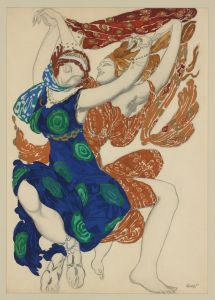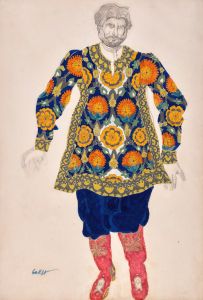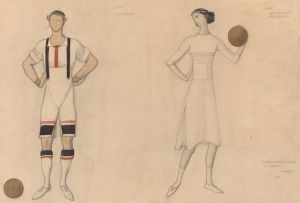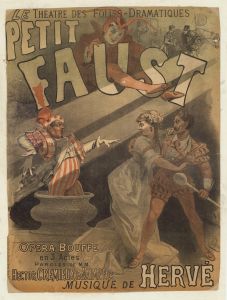
Costume design for ‘Aladin ou la Lampe Merveilleuse’; Le Marchand de tapis
A hand-painted replica of Léon Bakst’s masterpiece Costume design for ‘Aladin ou la Lampe Merveilleuse’; Le Marchand de tapis, meticulously crafted by professional artists to capture the true essence of the original. Each piece is created with museum-quality canvas and rare mineral pigments, carefully painted by experienced artists with delicate brushstrokes and rich, layered colors to perfectly recreate the texture of the original artwork. Unlike machine-printed reproductions, this hand-painted version brings the painting to life, infused with the artist’s emotions and skill in every stroke. Whether for personal collection or home decoration, it instantly elevates the artistic atmosphere of any space.
Léon Bakst, a prominent Russian painter and scene and costume designer, is renowned for his work with the Ballets Russes, a groundbreaking ballet company that revolutionized the performing arts in the early 20th century. Among his many contributions to the world of theater and design is the costume design for "Aladin ou la Lampe Merveilleuse," specifically for the character Le Marchand de tapis (The Carpet Merchant).
Bakst's work is characterized by its vibrant colors, intricate patterns, and a deep understanding of the theatrical narrative. His designs often drew inspiration from a wide array of cultural and historical sources, including Orientalism, which was a popular theme in European art and design during his time. This influence is evident in his work for "Aladin ou la Lampe Merveilleuse," where he employed exotic motifs and luxurious fabrics to evoke the mystical and opulent world of the Arabian Nights.
The costume design for Le Marchand de tapis showcases Bakst's ability to blend fantasy with historical elements. The character's attire likely featured rich textiles, elaborate embroidery, and a palette of bold colors, reflecting both the character's role as a merchant and the fantastical setting of the story. Bakst's attention to detail and his skill in creating visually striking costumes helped to enhance the storytelling of the ballet, allowing audiences to be transported into the magical world of Aladdin.
Bakst's collaboration with the Ballets Russes and its founder, Sergei Diaghilev, was instrumental in the success of the company. His innovative designs not only complemented the choreography and music but also set new standards for theatrical costume design. Bakst's work on productions like "Aladin ou la Lampe Merveilleuse" contributed to the Ballets Russes' reputation for avant-garde and visually stunning performances.
While specific details about the costume for Le Marchand de tapis in "Aladin ou la Lampe Merveilleuse" may not be extensively documented, Bakst's overall impact on costume design is well-recognized. His ability to create costumes that were both artistically beautiful and functionally suited for the stage made him a pivotal figure in the world of theater. His legacy continues to influence designers and artists today, as his work remains a testament to the power of visual storytelling in the performing arts.
In summary, Léon Bakst's costume design for "Aladin ou la Lampe Merveilleuse" exemplifies his mastery in creating evocative and imaginative theatrical costumes. His work for the Ballets Russes, including the design for Le Marchand de tapis, played a significant role in shaping the aesthetic of early 20th-century theater and continues to be celebrated for its artistic and cultural significance.





